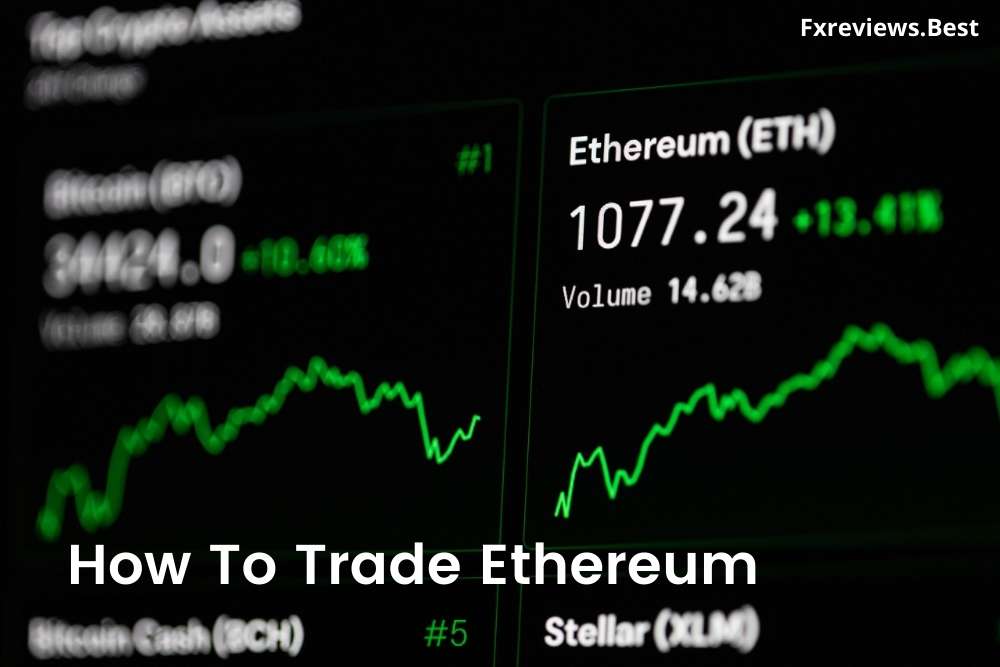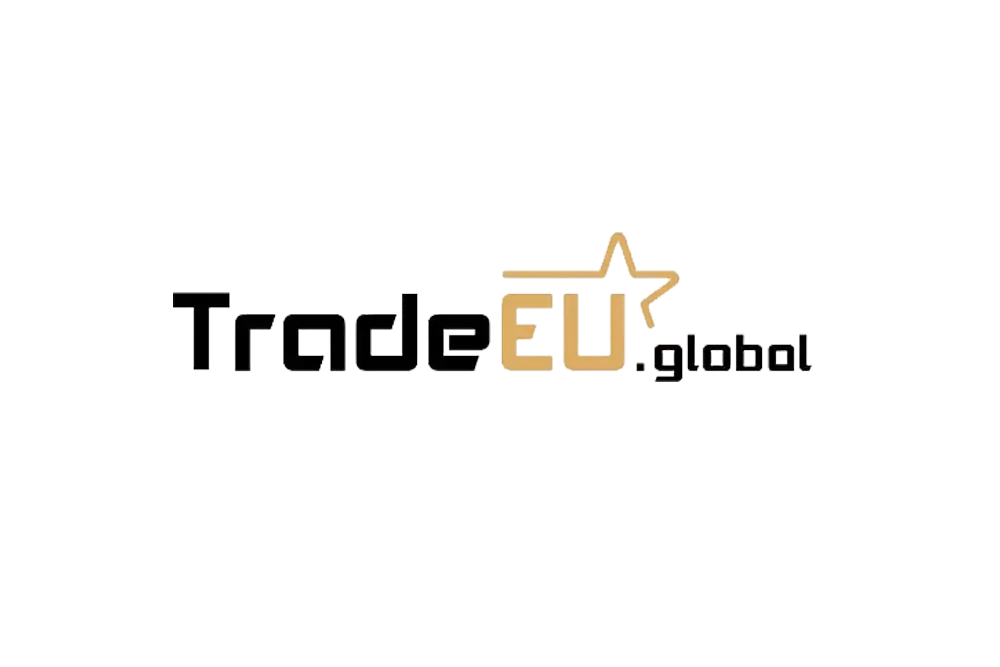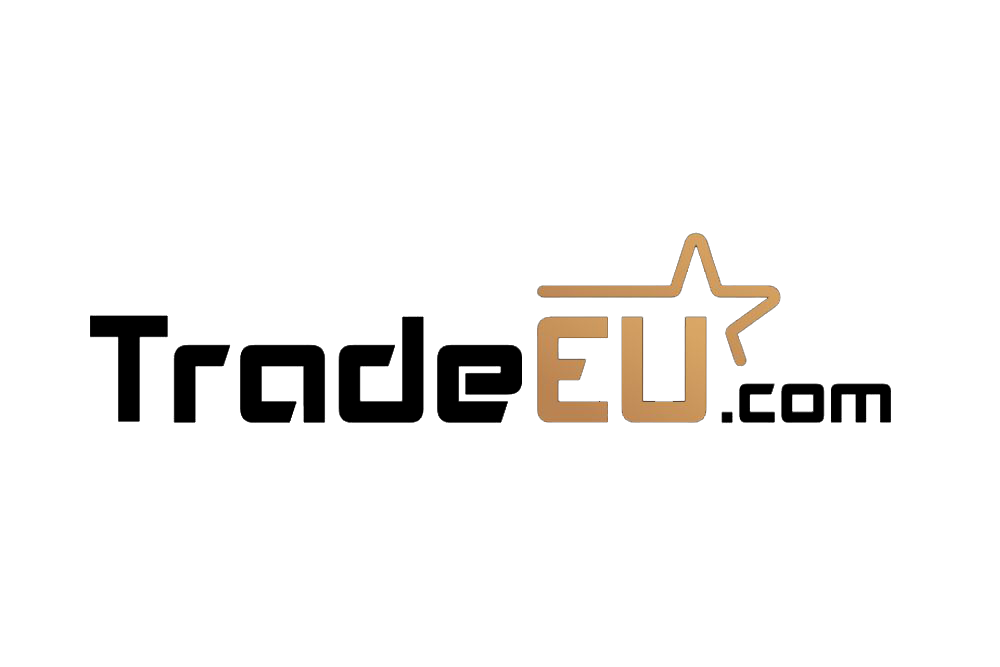Ether, or ETH, the Ethereum blockchain token, is among the world’s leading three cryptocurrencies. As per the latest data, Ethereum has the second-highest market value at $560 billion. First up is, unsurprisingly, Bitcoin’s $1.24 trillion. Ethereum leads Binance coin’s $108.3 billion, placed third. The continuing popularity of cryptocurrencies has seen an increasing number of trading platforms, providing customers access to crypto markets worldwide. For example, to trade Ethereum, one only has to follow a provider that offers ‘contracts for difference’ (CFDs) on that cryptocurrency.
Whereas cryptocurrency assets constricted in 2018 and 2019 from their December 2017 peak, the crypto market rocketed back up through the current year. These assets are now worth several times more relative to what they were at the preceding peak. There’s every possibility for a great case for buying them, given that the market is flooded with innovation. In November 2021, ETH’s value was trading close to $4750.
The main reason behind investor infatuation is the digital currency’s integration with the Ethereum network. Basically, ETH is the driving impetus behind the merits of the Ethereum network in general. With the Etherum network providing vast opportunities, ETH is deemed as more innovative relative to Bitcoin in some investor circles. Backed by many Fortune 500 companies, Ethereum is in use within many corporate ecosystems. For these and reasons too numerous to count, savvy investors are swiftly adding ETH to their portfolios.
Understanding cryptocurrency CFDs
Cryptocurrencies are digital currencies designed to act as an exchange mediums. They employ cryptography for tracking transfers and purchases, depending on the internet to ensure their value and confirm transactions. Ether or ETH is among the popular options.
A CFD is an agreement on the basis of an underlying asset, usually a commodity, index, share, currency pair. Upon opening a CFD trade, you speculate on if you expect the value of the said underlying asset to appreciate/depreciate. You do not own the asset, rather predicting a rise/fall in value.
You will be paid multiples of the number of units you have bought/sold, for each point the price moves in the direction you nominated. Nevertheless, if the price moves in the direction opposite to your prediction, you will have to accept a loss.
A cryptocurrency CFD permits you to forecast future changes in cryptocurrency value. Several CFds permit you to open contracts on cryptocurrency performance, compared to fiat currency – usually USD. However, some providers also provide crypto/crypto CFDs.
How cryptocurrency CFDs work
Cryptocurrency CFDs permit you to speculate on the value of a cryptocurrency pair, like the following: ETH/USD, BTC/ETH, BCH/USD, LTC/USD, BTC/USD, XRP/USD.
If it seems to you that a cryptocurrency’s rise, you may go long. In case you expect it to depreciate, you may go short. This lets you in on the potential for you to make a profit in both rocketing/plunging markets.
A key concept you have to appreciate prior to trading cryptocurrency CFDs is leverage. The latter is both a vital benefit and disadvantage of this kind of derivative. To open a CFD trade, you just need to deposit a tiny percentage of the total value of a trade. This could be 20%, 5%, or less of the whole transaction, called the margin requirement. For example, if you are opening trade to the tune of $10000, you must pay a deposit of just $500.
Nevertheless, you may still get 100% of gains, provided the price movement is the way you forecasted.
Margin trading permits you the magnification of your returns. It offers the potential for a far bigger return from a comparatively minimal initial amount. Conversely, the implication is that your losses are magnified, given their being calculated on the basis of the full position value. You could, hence, actually lose much more than the initial deposit. Prior to getting into cryptocurrency CFs, this is the primary caveat you have to heed.
Crypto-CFDese: Trade Ethereum with CFDs jargon
Now that you are determined to trade cryptocurrency CFDs, you must understand all critical terms and technical jargon.
-
Ask price
The price at which you may buy a CFD;
-
Bid price
The price at which you may sell a CFD;
-
Leverage
Leverage is a trading tool permitting you to buy/sell CFDs with more capital than you have in reality. Since CFDs are leveraged, you just need to deposit a specific percentage of the trade’s full value to open a position. For instance, in case you open a cryptocurrency position with $1000 and go for 5:1 leverage, your trade is to the tune of five times the initial outlay – hence, $5000 rather than the $1000 you committed upfront. Using leverage permits you to enjoy greater profits in case the price movement is in your favour. However, the implication is also that of your suffering greater losses when the price movement is against you ;
-
Margin
The amount of money you will be asked to deposit to open a CFD position. For instance, in the event of the margin requirement being 20%, you will be placing a trade to the tune of $1000 and depositing $200 ;
-
Stop loss
A trading tool permitting you to set a predetermined price level at which your CFD position will be closed, a stop-loss order will let you minimise losses in case the market moves against you.
-
Take profit
A take profit order functions similar to a stop-loss order, the vital difference being that you set the price level at which your position will be closed. Hence, you may secure any profits prior to the market moving against you.
Cryptocurrency CFDs
Pros
- Margin trading facilitates gain magnification.
- Without owning any cryptos, you may trade cryptocurrencies.
- Cryptocurrency CFDs do away with the need to open a crypto storage wallet or deal with crypto exchanges.
- Cryptocurrency CFDs may benefit in rocketing/plummeting markets.
- You can get started using fiat currency.
- CFD trading platforms provide better customer support relative to traditional crypto exchanges.
- Cryptocurrency CFDs give you access to an increasing number of popular cryptos.
- Take profit and stop-loss trading tools available to assist in risk reduction.
Cons
- Margin trading implies loss magnification.
- You could lose much more than you deposit.
- Not for long term holding. Cryptocurrencies are volatile and speculative.
- CFDs are speculative.
Trading cryptocurrency CFDs: benefits
Prior to venturing into the cryptocurrency trading space, you will have to choose between cryptocurrency price movement speculation and buying coins outright thru an exchange. It pays to understand why cryptocurrency CFDs are now a popular alternative to buying/selling cryptocurrencies thru an exchange.
Volatility
The cryptocurrency market is volatile. It attracts short term speculative interest and relatively small trades that have a sizeable impact on prices. The implication is that when trading CFDs, CFD traders may capitalise on volatility aiming to earn. There are also rapid intraday price movements, inviting profits.
Improved liquidity
Liquidity measures the ease with which a digital asset may be sold. Liquidity makes possible faster transaction times and better pricing. Cryptocurrency market transactions are deemed illiquid. This implies that when you hold cryptocurrency in a wallet can expect poor pricing and slower transaction times.
Crypto CFDs, when traded, offer better liquidity. You do not possess the asset, and trade execution can occur swiftly at lower costs.
Trading capability in both rising and plunging markets
When you purchase a cryptocurrency on an exchange, you expect an appreciation in value. Conversely, when you trade only price movements, you may potentially make profits both when the crypto value appreciates and depreciates. Thus, you may go long, buy the cryptocurrency in case you deem the price to increase.
You may also go short or sell the cryptocurrency when you are convinced the price will decline.
Leveraged positions
Cryptocurrency CFDs being leveraged, you can open a position on margin. The implications are that, while you will still be able to profit per the full trade position, you just have to deposit a fraction of the cryptocurrency’s full value, for you to gain exposure to the market.
With CFDs, you can potentially make substantial profits from a comparatively tiny investment. On the other hand, when you purchase a cryptocurrency on an exchange, you must pay its full value.
Fast account opening
buying/selling cryptocurrencies thru an exchange demands that you create an exchange account and open a cryptocurrency wallet. Contingent upon the exchange, the process can sometimes be a time-guzzler. Nevertheless, opening and setting up a CFD account with a broker is comparatively easy and swift.
With an astounding 350 plus cryptos on offer for CFD trading, Capixal has real-time alerts and market notifications. In addition to more than 60 analytical tools giving you an edge over other traders, Live Chat assures instant issue resolution.
Trade Ethereum Using Leverage
Taking a hypothetical situation, let us have ETH/USD trading at
Bid price – 8128.30 (sell)
Ask price – 8135.40 (buy).
You will be buying one digital coin of ETH/USD since you believe that the ETH/USD will appreciate in future. The margin rate is 50%. The implication is that you have to deposit 50% of the total position value into your margin account.
Hence, you must deposit
[50%x(1×60000)] = $30000.
In the next hour, with the price moving to 61000/61.010, you have a winning trade. You may close your position, selling at the bid price ($61000).
The profit quill be
[1x(61000 -60000)] =$1000.
The price has moved in your favour. Had the price declined, moving in opposition to your forecast, you would have accepted a loss. The continual price movement assessment and consequent profit/loss is a daily occurrence. It causes a net return (positive/negative) in the initial margin.
The broker issues margin call in the loss scenario, where Free Equity (Equity – Margin) plummets below the margin requirements (30000). If your fail to deposit the money and the market moves further against you, with the free equity touching 50% of the initial margin, the contract will be closed at the ongoing market price. This is the famous ‘stop out’.
Platform identification to trade Ethereum
It is vital to identify the best trading platform as the basis for placing trades. There are a number of platforms offering cryptocurrencies. The names include Kraken, Coinbase, Gemini, Bitstamp, Bitfinex, and Binance. These exchanges all offer Ethereum.
A major consideration when opting for a cryptocurrency trading platform is the exchange type. Cryptocurrency trading platforms may be either fiat exchanges or o cryptocurrency to cryptocurrency exchanges. Investor trading of Ethereum is easy enough on fiat exchanges. On the other hand, investors aiming at trading diverse currencies or with the option to convert other currencies with ease into Ethereum may like C2C exchanges.
Given that the conditions are always volatile, and there’s a constant stream of innovations, there’s a persistent tendency to fraud, too. It’s best to enquire after the following while mulling over the appropriate exchange: where are the headquarters situated?; does the exchange have a license?; is the website secure?; are your funds with the exchange secure?; can we have info on the managing executives?
Account creation
Just submit your name, address, social security number, and stipulated identification forms. Account verification itself is generally the final step in the opening of the account. This is where you upload documents for identity verification. The verification process takes from a few hours to 1-2 days.
Currency deposit
Cryptocurrency exchanges usually do not have high minimum investments, hence you may invest anywhere between $5 to $1000 – or more. C2C exchanges stipulate you send cryptocurrency by code. Code transfers as a rule take just over an hour to finish.
Start trading
You are all set with a verified account and money in it besides to trade. Via the exchange, you are now able to trade Ethereum. Transaction confirmation is what you have to expect, besides making allowances for processing time.
ETH withdrawal into a wallet
Having bought ETH through an exchange, you may withdraw that currency into your bank account or a wallet that you control. On a C2C platform, you would have to code transfer your ETH to fiat exchange, subsequently selling to cash out.
Conclusion
To trade Ethereum, patience is vital. Similar to other financial markets, you have first to build your knowledge of the market. You have to be disciplined and hold onto your trading plan. Trade ethereum with Capixal‘s advanced trading platforms will render to you the ability to use advanced order types to place trades and manage risks. These orders are automatically triggered. Start training. Open up a demo account with Capixal, and start practising now!


